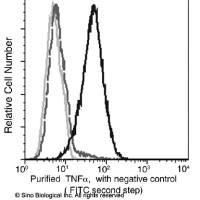In Vitro and In Vivo Mouse Models for Pharmacogenetic Studies
互联网
402
The identification of causative genes underlying biomedically relevant phenotypes, particularly complex multigenic traits, is of vital interest to modern medicine. Using genome-wide association analysis, many studies have successfully identified thousands of loci (called quantitative trait loci or QTL), some of these associating with drug response phenotypes. However, the determination and validation of putative genes has been much more challenging. The actions of drugs, both efficacious and deleterious, are complex phenotypes that are controlled or influenced in part by genetic mechanisms.
Investigation for genetic correlates of complex traits and pharmacogenetic traits is often difficult to perform in human studies due to cost, availability of relevant sample population, and limited ability to control for environmental effects. These challenges can be circumvented with the use of mouse models for pharmacogenetic studies. In addition, the mouse can be treated at sub- and supratherapeutic doses and subjected to invasive procedures, which can facilitate measures of drug response phenotypes, making identification of pharmacogenetically relevant genes more feasible. The availability of multiple mouse genetic and phenotypic resources is an additional benefit to using the mouse for pharmacogenetic studies.
Here, we describe the contribution of animal models, specifically the mouse, towards the field of pharmacogenetics. In this chapter, we describe different mouse models, including the knockout mouse, recombinant mouse inbred strains, in vitro mouse cell-based assays, as well as novel experimental approaches like the Collaborative Cross recombinant mouse inbred panel, which can be applied to preclinical pharmacogenetics research. These approaches can be used to assess drug response phenotypes that are difficult to model in humans, thereby facilitating drug discovery, development, and application.








